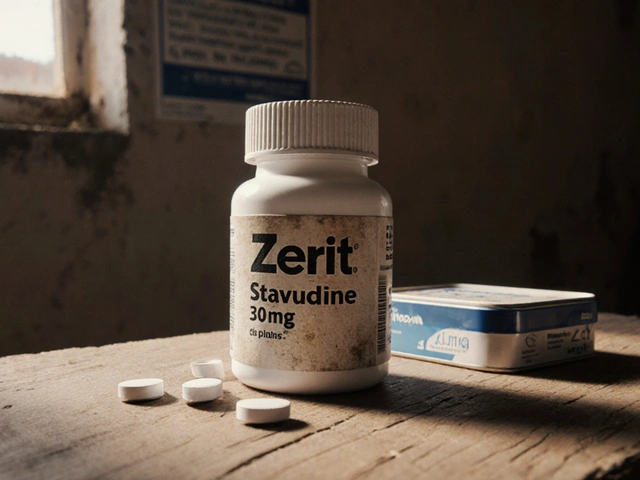Breast Cancer Treatment: Options, What to Expect, and Practical Choices
Getting a breast cancer diagnosis brings a flood of questions. Which treatment fits my tumor? Will I need chemo or just surgery? This page breaks down the main options, how doctors pick them, and simple steps you can take right now.
How treatment is chosen
Doctors base the plan on the cancer's stage, size, and receptor status (ER/PR/HER2). Early-stage, hormone-receptor–positive cancers often use surgery plus hormonal therapy. HER2-positive tumors usually add targeted drugs like trastuzumab. Triple-negative cancers may rely more on chemotherapy and newer immunotherapy options. Your age, overall health, and genetic test results (BRCA1/2 and others) also matter.
Surgery can be a lumpectomy (tumor removal) or mastectomy (whole breast). Many patients choose sentinel lymph node biopsy to check spread. Reconstruction is an option immediately or later; talk to a plastic surgeon before surgery if you want reconstruction details.
Main treatment types and what to expect
Surgery: Expect a short hospital stay for most lumpectomies, longer for mastectomies. Pain is usually manageable with prescribed meds. Ask about drain tubes and lifting restrictions after surgery.
Radiation: Often follows lumpectomy and sometimes follows mastectomy. Daily sessions for several weeks are common. Side effects include skin redness and fatigue; skin care and rest help.
Chemotherapy: Uses drugs to kill fast-growing cells. It can be given before surgery (neoadjuvant) to shrink tumors, or after (adjuvant) to reduce recurrence risk. Nausea, hair loss, and fatigue are common, but anti-nausea meds and growth factors can reduce problems.
Hormonal therapy: For ER/PR-positive cancers, drugs like tamoxifen or aromatase inhibitors lower recurrence risk. These are oral pills taken for years, with side effects like hot flashes, joint pain, or bone thinning. Bone health and symptom management are important parts of long-term care.
Targeted therapy and immunotherapy: Targeted drugs attack specific cancer features — trastuzumab for HER2, CDK4/6 inhibitors for some HR-positive cancers. Immunotherapy helps the immune system fight certain cancers. These drugs can cause unique side effects, so regular heart checks or lab monitoring may be required.
Clinical trials: If standard treatments aren’t a fit, trials offer access to new drugs and combinations. Ask your team about local trials and eligibility.
Managing side effects and daily life: Keep a symptom log, use anti-nausea meds as directed, stay active within limits, and plan for energy dips. Lymphedema risk after lymph node surgery can be lowered with gentle exercises, compression sleeves, and early therapy if swelling starts.
Questions to ask your team: What stage and subtype is my cancer? What are the goals of treatment? What are the side effects and how are they managed? Should I get genetic testing? How will treatment affect my daily life and fertility?
Making choices: Get a second opinion if you’re unsure. Bring a friend to appointments, take notes, and ask for written plans. Treatment decisions balance survival, side effects, and your priorities—no one answer fits everyone.
If you want, I can summarize key steps to discuss with your doctor or list resources and support groups near you.

The Role and Effectiveness of Nolvadex in Breast Cancer Treatment: A Comprehensive Overview
Nolvadex, known generically as Tamoxifen Citrate, stands as a cornerstone in breast cancer treatment. Since the 1990s, this selective estrogen receptor modulator (SERM) has been crucial in combating hormone receptor-positive breast cancer by blocking estrogen in tissue. Despite side effects like mood swings and hot flashes, its effectiveness keeps it in use.
Detail



